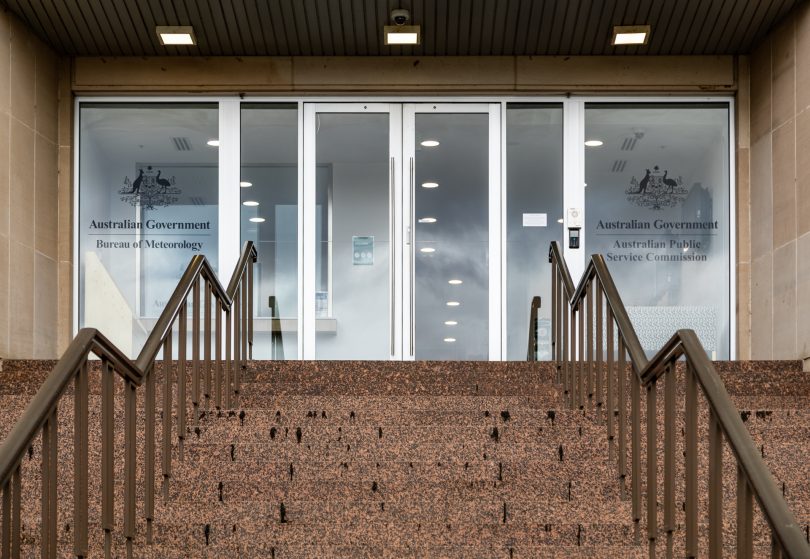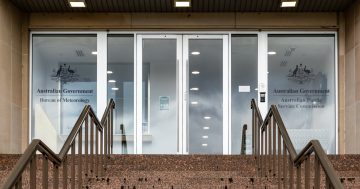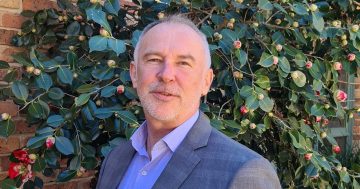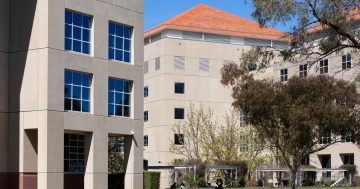
Australian Public Service Commission. Photo: Michelle Kroll.
A federal election and the transition to a new government were perhaps the biggest challenges for the Australian Public Service this year, and ones which highlighted the capability of the sector.
Within hours of Scott Morrison’s concession speech on May 21, the APS had incoming briefs delivered to Anthony Albanese.
Senior officials from the Department of Prime Minister and Cabinet met with the new Prime Minister the day after the election to outline pressing policy and operational priorities.
The timing of this meeting was made even more crucial than would normally be the case because two days later, the PM flew to Tokyo for a meeting of the Quad leaders.
That meant an interim government ministry had to be sworn in within 36 hours of the outcome of the election.
It also meant the Department of Foreign Affairs and Trade worked around the clock to make sure Mr Albanese and his Foreign Minister Penny Wong were fully prepared for the important international gathering – accompanied by the same officials that would have gone with Mr Morrison if he had been re-elected.
This smooth transition of government is outlined in the 2021-22 State of the Service Report, which has just been tabled in the Federal Parliament, and says a great deal not just about the health of Australia’s democracy, but also about the strength and professionalism of the APS.
The election is described in the report as the most complex in Australia’s history and was conducted while the public service was still very much managing the impacts of the COVID-19 pandemic.
The operational success of the election involved more than 100,000 staff and almost 8000 polling locations.
The Australian Electoral Commission partnered with multiple agencies to ensure COVID-isolated voters could exercise their franchise through a secure telephone voting service.
“It is a great example of agile, cross-agency collaboration on behalf of the Australian community, with electoral integrity and service to the public at the heart of the solution,” the report states.
“Agencies involved included Services Australia, Department of Education, Skills and Employment, Australian Taxation Office, Department of Defence, Australian Bureau of Statistics, Department of Home Affairs, Department of Social Services, Australian Centre for Cyber Security, Australian Public Service Commission and PM&C.”
This report is the 25th such annual document, which provides a clear picture of the make-up of the APS; its strengths and weaknesses of the past 12 months.
In delivering the report, APS Commissioner Peter Woolcott said its focus was about building the future.
In addition to supporting the rapid and seamless transition of government, it also discusses the need to accelerate APS reform and ensure the public service reflects the changing Australian community.
“The APS touches upon every aspect of the lives of Australians. This is a great responsibility and one we continue to carry out with integrity and professionalism,” Mr Woolcott said.
There are 159,469 employees in the APS, of whom 38.3 per cent are based in the ACT.
Progress has been made towards greater parity between men and women at the senior levels of the APS, although the highest bands of the Senior Executive Service remain male-dominated.
In 2022, almost a quarter of APS employees were recorded as being born outside of Australia, with 23.2 per cent speaking a first language other than English.
Five generations of workers are now encompassed by the APS, with the average age of employees having increased from 40.2 years in 2003 to 43.4 years in 2022.
The service is grappling with recruitment and retention rates, the rate of employees moving between agencies, and needs greater efforts in partnering with First Nations people and leaders. It also maintains a sporadic approach to flexible working arrangements, depending on individual agencies.
More reports on the State of the Service Report to come.


















